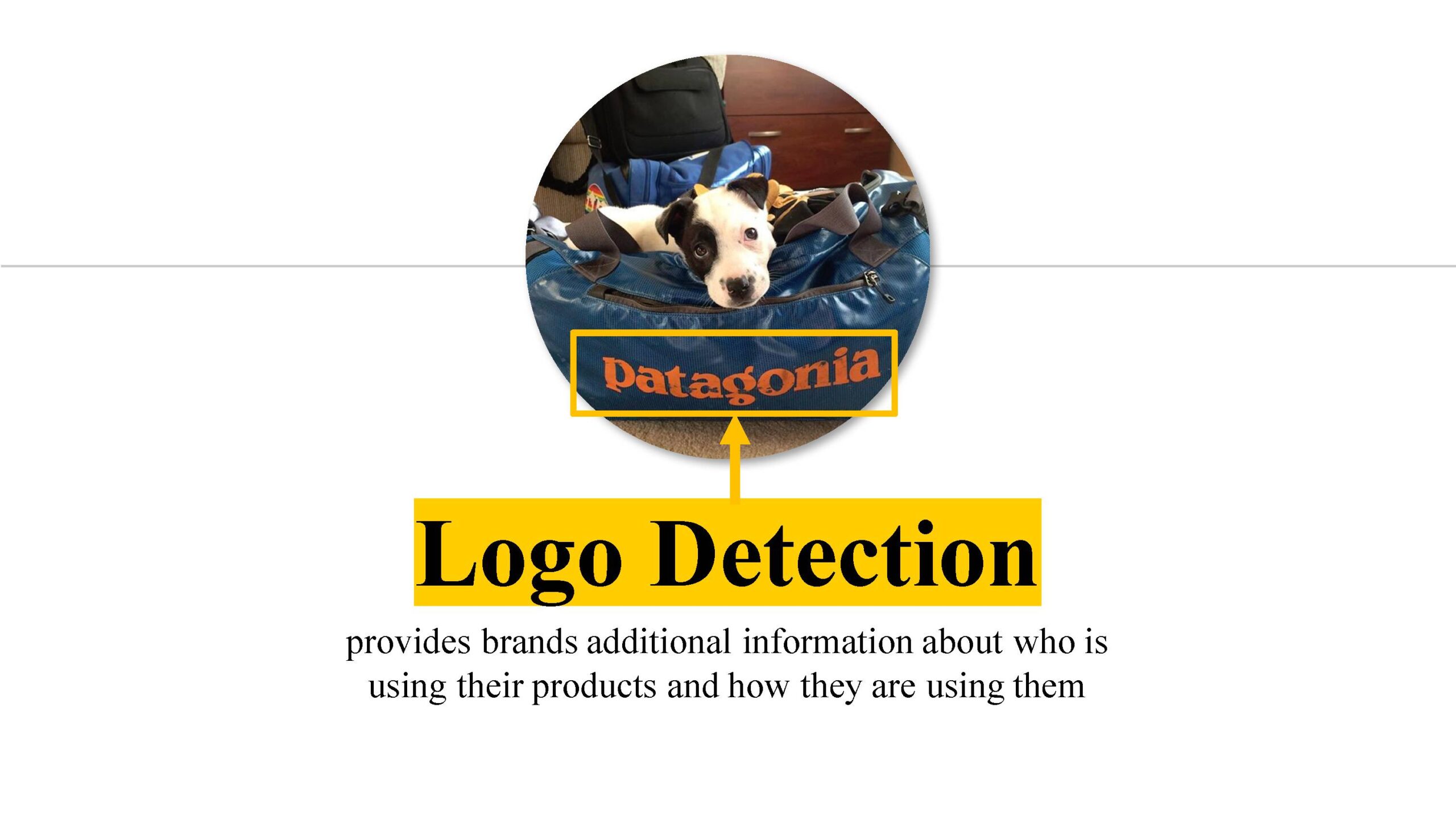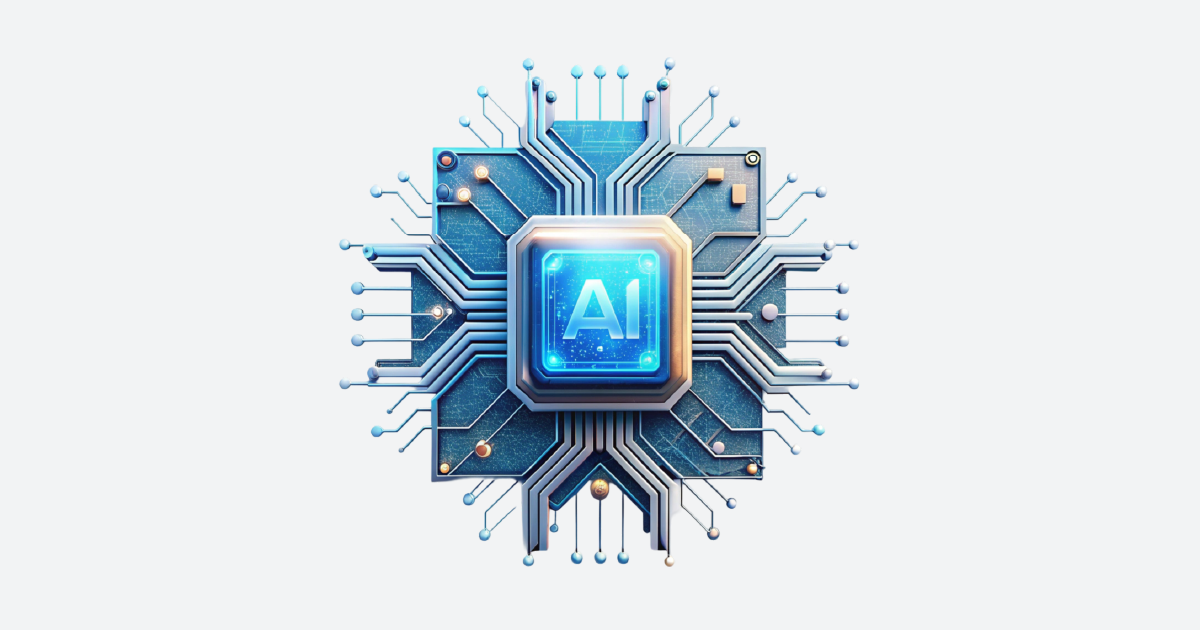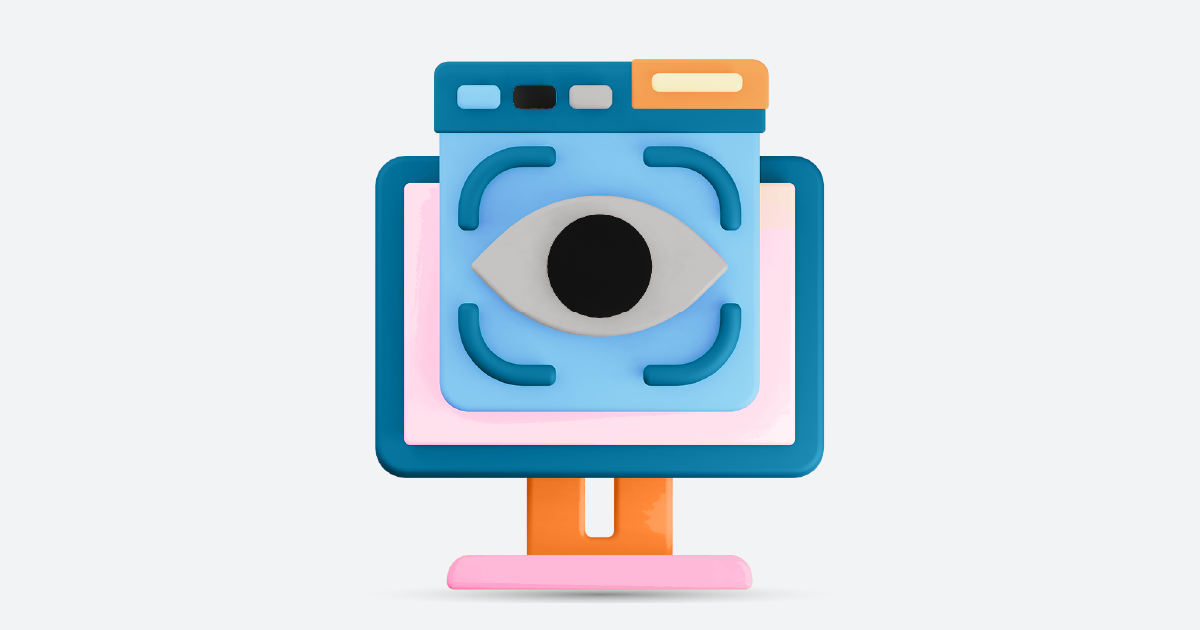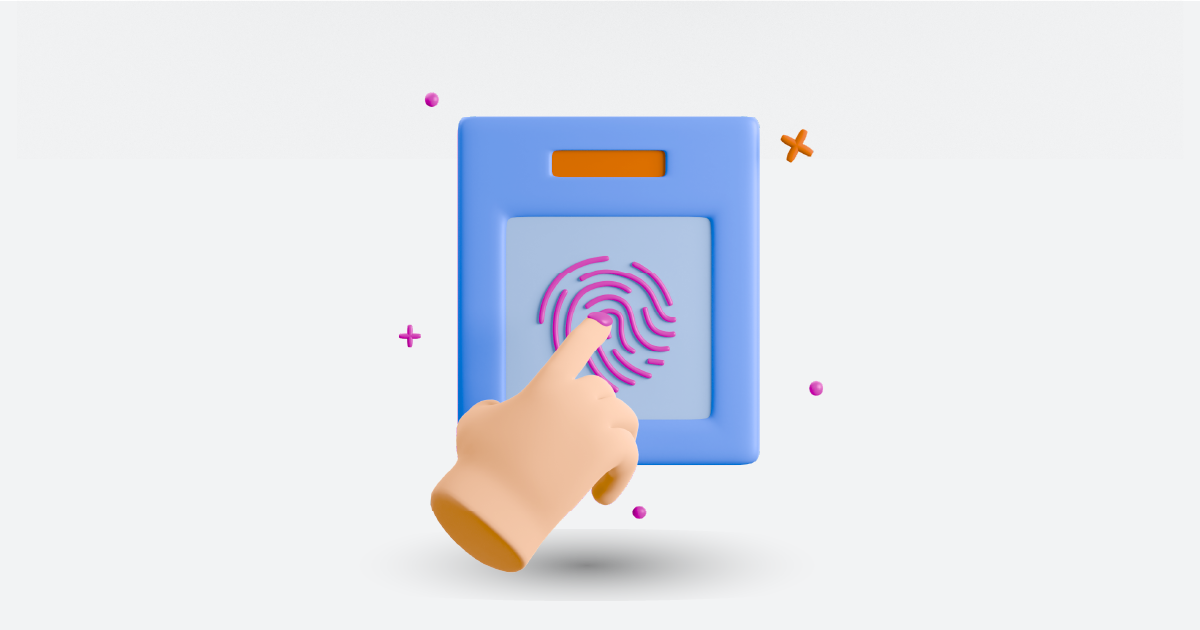In today’s digital age, visual content plays a vital role in capturing audience attention and conveying brand messages effectively. Logos are a crucial aspect of visual branding, representing a company’s identity and creating instant recognition. With the advancements in technology, computer vision has emerged as a powerful tool for logo detection. In this article, we will explore the concept of computer vision logo detection, its applications, and how it can revolutionize various industries.
What is Computer Vision Logo Detection?
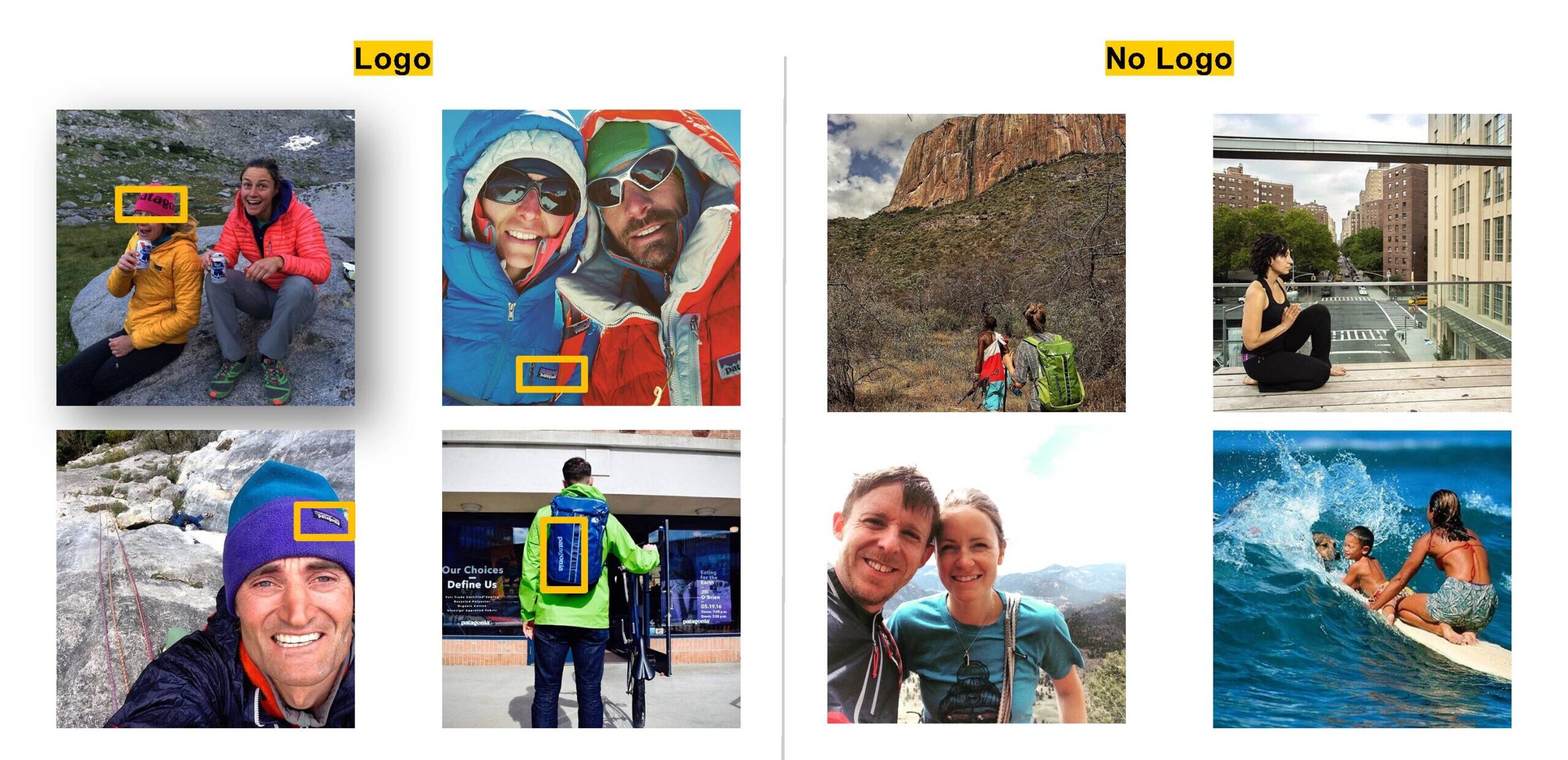
Computer vision logo detection is a subfield of computer vision that focuses on identifying and recognizing logos within images or videos. It involves using algorithms and machine learning techniques to analyze visual data and locate specific logo patterns accurately. By leveraging artificial intelligence and deep learning models, computers can identify logos with high precision and speed, providing valuable insights for businesses.
The Importance of Logo Detection
Logos are not merely graphical elements; they carry immense significance for businesses. Logo detection enables companies to monitor their brand presence across different media channels, including social media, websites, and print advertisements. By accurately identifying where and how their logo is being used, companies can maintain brand consistency, protect their intellectual property, and prevent unauthorized usage.
Applications of Computer Vision Logo Detection
Brand Monitoring and Reputation Management
- Computer vision logo detection allows businesses to monitor their brand presence across various online platforms. By analyzing images and videos, companies can track how their logo is being used, whether in promotional content, user-generated posts, or news articles. This information helps them gain insights into brand sentiment, identify potential brand infringements, and take appropriate action to maintain their brand reputation.
Advertisement and Sponsorship Analysis
- Logo detection plays a crucial role in analyzing the effectiveness of advertising campaigns and sponsorships. By detecting logos in images and videos, businesses can measure the visibility and impact of their branding efforts. This data aids in assessing the return on investment (ROI) of advertising initiatives, identifying target audience engagement, and making informed decisions for future marketing strategies.
Security and Authentication
- Computer vision logo detection has security applications as well. For instance, it can be used for access control systems in corporate environments. By detecting authorized logos or badges, entry permissions can be granted or denied automatically. This technology can also be leveraged for anti-counterfeiting measures by detecting counterfeit logos on products, protecting both businesses and consumers.
Techniques Used in Computer Vision Logo Recognition
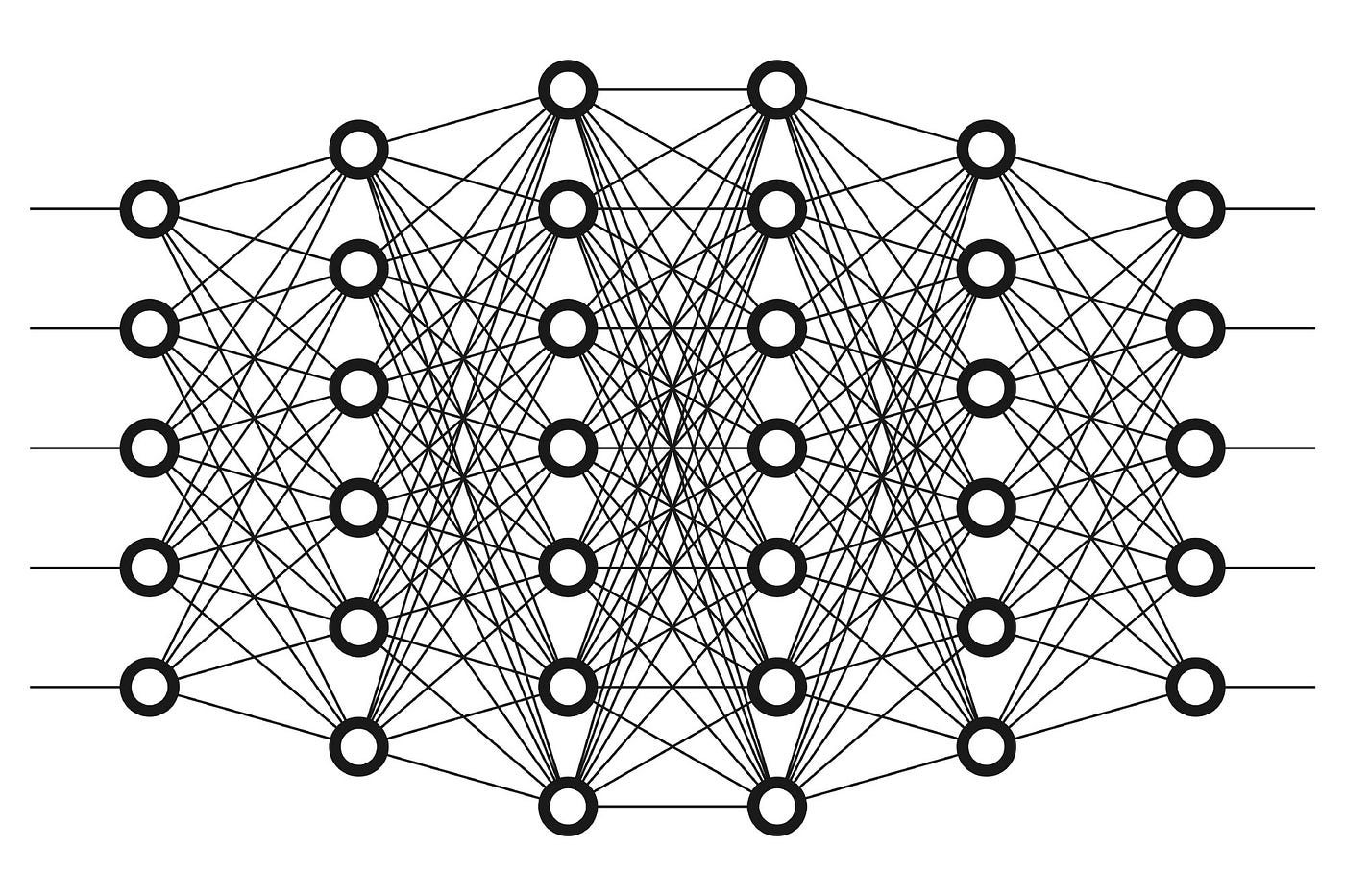
Feature Extraction
- Feature extraction involves capturing unique visual characteristics of logos, such as colors, shapes, textures, and spatial arrangements. This step enables computers to identify specific patterns associated with different logos accurately. Techniques like scale-invariant feature transform (SIFT), Speeded-Up Robust Features (SURF), and convolutional neural networks (CNNs) are commonly used for feature extraction in logo detection.
Machine Learning and Deep Learning
- Machine learning algorithms and deep learning models play a significant role in training computers to recognize logos. Through the use of annotated datasets, computers can learn to differentiate between various logos and make accurate predictions. Deep learning architectures like convolutional neural networks (CNNs) have proven to be highly effective in logo detection tasks due to their ability to learn complex features and patterns.
Case Studies with Record-Breaking Success
1. Coca-Cola’s Social Media Campaign Monitoring
Coca-Cola utilized computer vision logo detection to monitor the appearance of its logo in millions of user-generated social media posts during a global campaign. The results were staggering, with the detection system identifying over 2 million instances of the logo in real-time across platforms like Instagram and Twitter. This allowed Coca-Cola to track campaign engagement, measure brand sentiment, and respond promptly to customer interactions. The campaign saw a 20% increase in positive sentiment and a significant boost in overall brand engagement.
2. Nike’s Sponsorship Visibility Analysis
Nike implemented logo detection during the Tokyo Olympics to evaluate the visibility of its brand in athlete uniforms and advertisements. Using advanced computer vision technology, they analyzed live footage and social media posts, generating data that revealed Nike’s logo seen by over 500 million viewers worldwide. This insight helped Nike calculate a precise ROI for its sponsorship deals and informed future marketing strategies.
3. Louis Vuitton’s Anti-Counterfeiting Initiative
Luxury brand Louis Vuitton adopted computer vision technology to combat counterfeit products. By detecting logos on online marketplaces and in images of suspected counterfeit items, the company identified and removed thousands of listings within weeks. This proactive approach led to a 30% reduction in counterfeit goods circulation and bolstered consumer trust in the brand.
Influencer Quotes and Tweets
“The power of AI-driven logo detection is transforming brand management. Real-time insights are game-changers for marketers!”
– @DigitalGuru, Marketing Influencer
“Computer vision is the unsung hero of brand protection. Detecting unauthorized logo use is like having a 24/7 security team for your brand.”
– @BrandWatcherPro, Branding Expert
“Logo detection tech helped our brand measure ad effectiveness at an unprecedented scale. It’s a must-have in every marketer’s toolkit.”
– CEO of a Global FMCG Company (as shared in an industry webinar)
These case studies and expert insights underline the transformative potential of computer vision logo detection in driving business success. By leveraging cutting-edge technology, brands can unlock unparalleled opportunities to monitor, protect, and enhance their presence in a visually dominated digital landscape.
Challenges and Future Developments
Despite significant advancements, logo detection in computer vision still faces certain challenges. Variations in logo appearance, lighting conditions, occlusions, and complex backgrounds can make accurate detection difficult. However, ongoing research and advancements in computer vision algorithms and techniques offer promising solutions. Improved deep learning models, combined with larger and more diverse datasets, can enhance the accuracy and robustness of logo detection systems.
Conclusion
Computer vision logo recognition has transformed the way businesses analyze and leverage visual branding. From brand monitoring to enhancing customer experiences and improving security, the applications are vast and diverse. As technology continues to advance, logo detection systems will become even more sophisticated, enabling businesses to gain valuable insights, protect their brand integrity, and thrive in the dynamic digital landscape. Embracing the power of computer vision logo detection can undoubtedly give companies a competitive edge in today’s visually driven world.
Lastly, to unlock the potential of computer vision logo detection for your business, we invite you to request a demo from AIM Technologies. Experience firsthand how our cutting-edge solutions can revolutionize your brand monitoring, advertisement analysis, and security measures. Don’t miss out on this opportunity to stay ahead in the digital realm.
